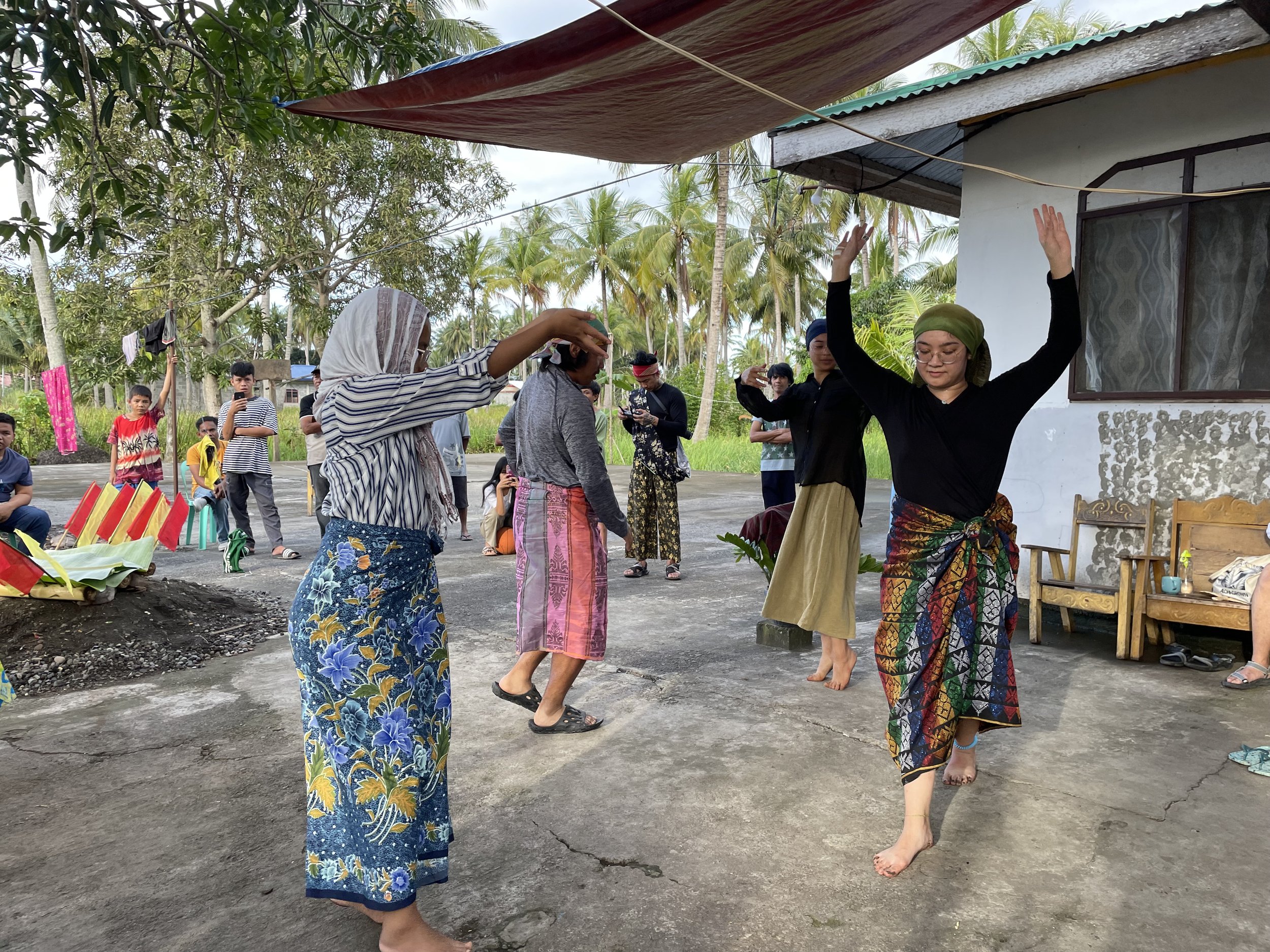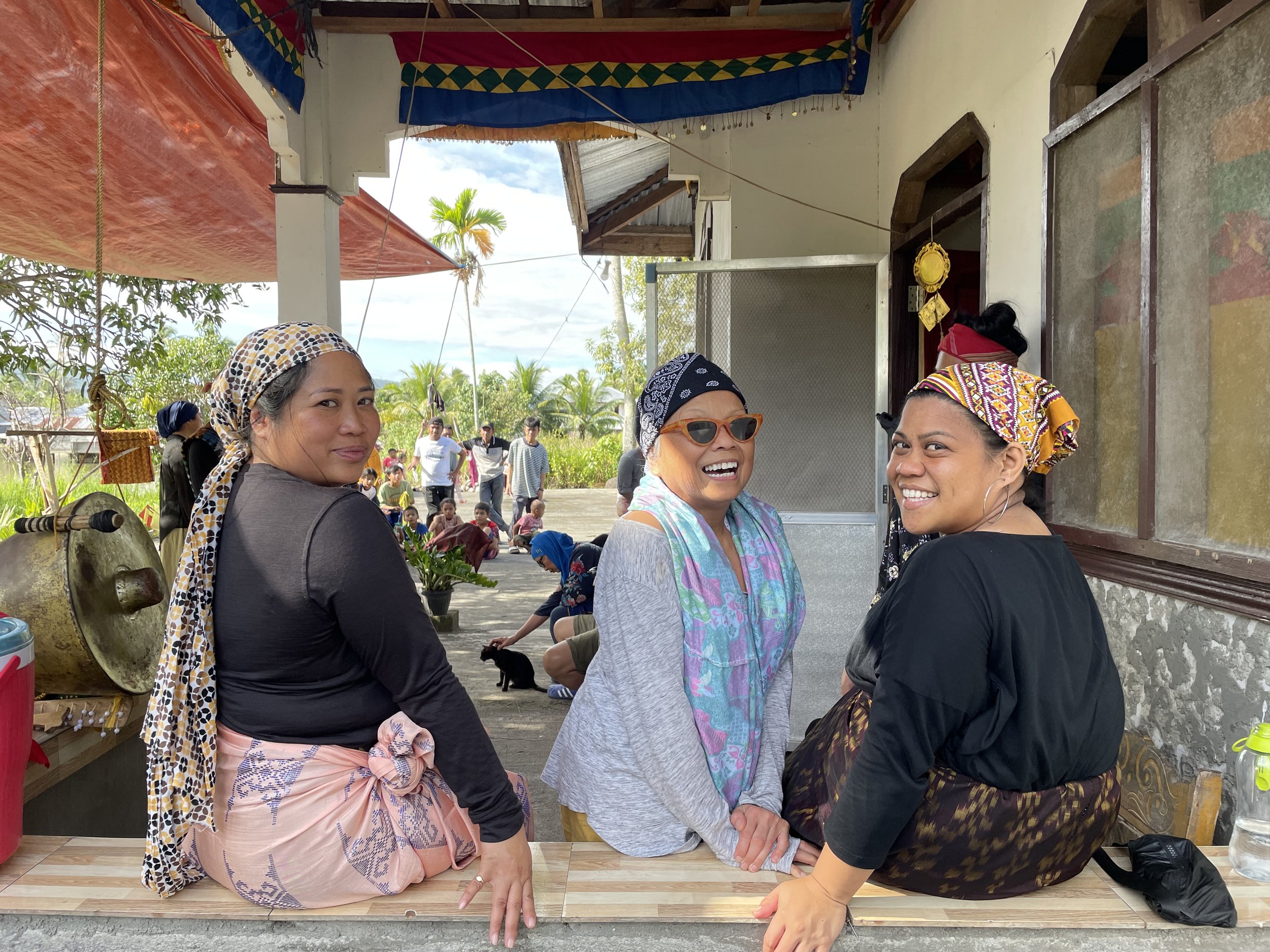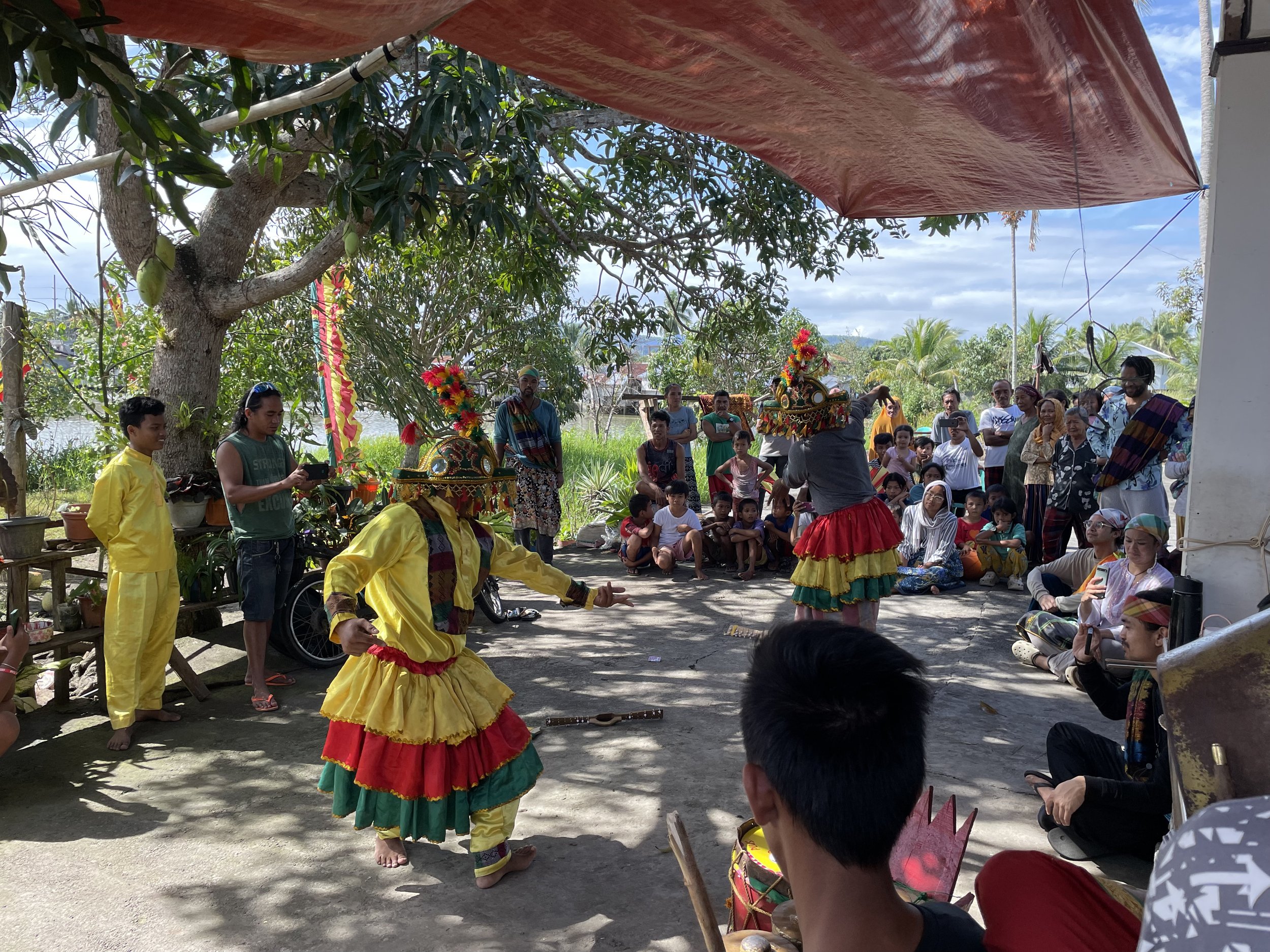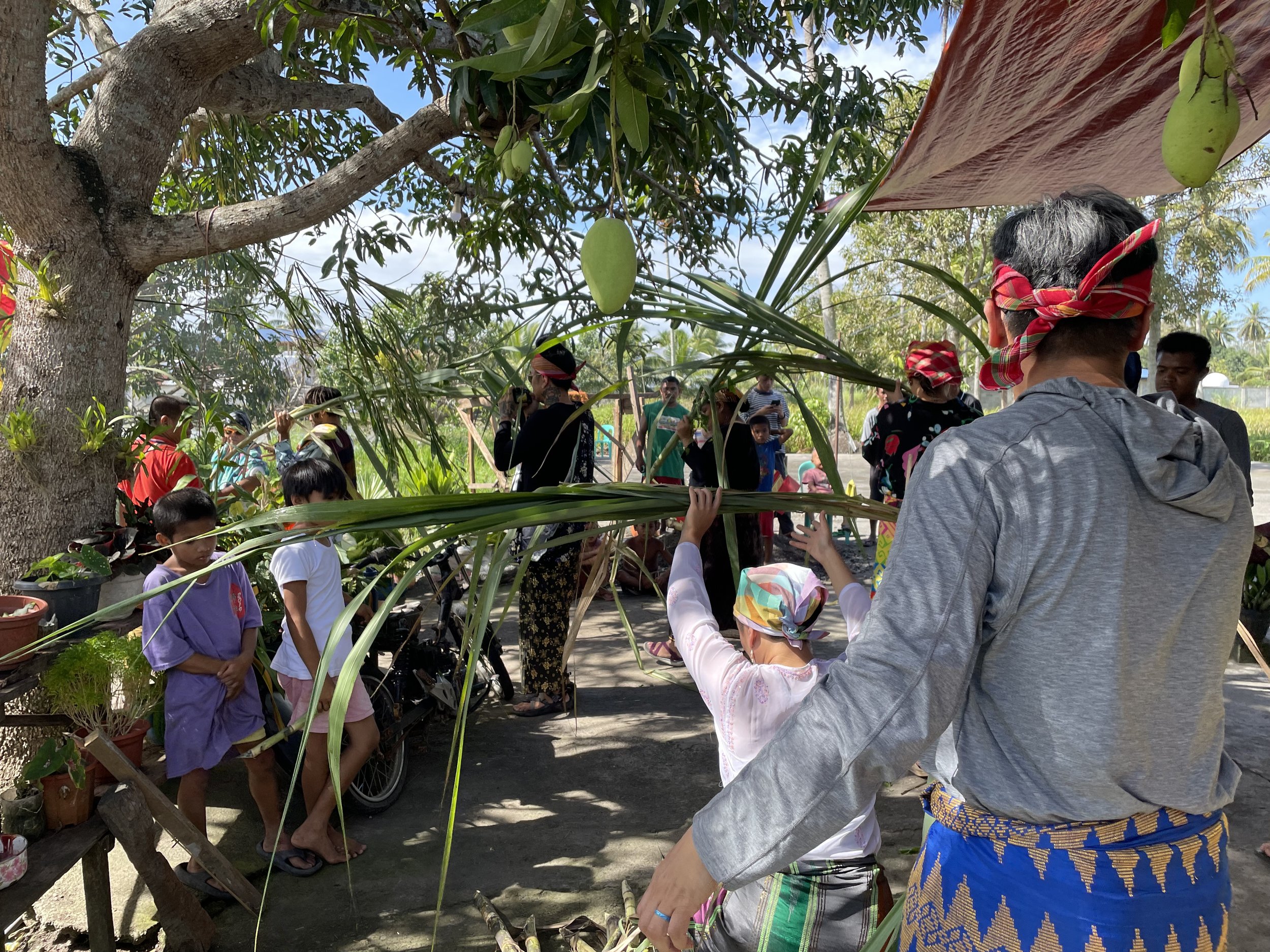Memories of Mindanao, Part 13
By Conrad J. Benedicto
When I was ten years old, I tried my hand at breeding fighting roosters. I had a retired champion fire-red rooster my uncle gave me along with some fierce native hens that fought like roosters too, and an abnormally big speckled white rooster I had high hopes for. I invested time into training that one and used to carry it around my old subdivision in Parañaque challenging any rooster I spotted in a neighbor’s yard. We would tie little green gloves over the spurs and let the birds fight. That big rooster of mine always ran away squawking after a few kicks to the chest. The breeding operation was also a disaster, even with the champion and the fierce hens. Their offspring were hot blooded and aggressive, yes, but severely undersized. Somehow I had bred halfling chickens. One day, I came home from school and there was a big platter of perfectly golden fried chicken on the family dining table. My breeding program officially ended with garlic fried rice.
I learned how to handle chickens though, and became aware of the impending doom that lurked in a chicken’s life. So when I saw four gasping forlorn fowls tangled up under a table heaped with rice cakes and fruit on the closing morning of the Ipat ceremony, I knew. I gently untangled each one, used my thumb to rub each of their feathery heads right where it meets the spine, and whispered words of encouragement.
“The sobs that wracked those chests that morning were also coins. ”
When Den emerged from the house dressed as a real Sagayan Dancer, not a festival one, wielding a sword shaped like an undulating flame, the time had come. Imagine my surprise when a different set of chickens was sacrificed. In my haste to administer last rites to the ones beneath the table, I had completely missed a coop to the left of it, which held the actual martyrs. In all, seven birds were offered up and by the last one, the amount of red droplets and desperate flapping and flopping around the ceremonial area had reduced many KULARTS participants to tears. Alas, we could not expect to summon spirits from so far away that they needed a boat, have a beautiful healing ceremony, and not pay a price. The sobs that wracked those chests that morning were also coins.
Curiously, there were eight chickens in the end-times coop and Den only dispatched seven. I looked at the last one and thought, what a lucky duck. Unfortunately, it was to be tied onto a not so buoyant ceremonial float being released onto the river. It defied its viking-like fate, however. Intrepidly eluding the hands of its collector, this feathered Houdini flapped off to the blessed branches of a nearby tree. When an assistant climbed to retrieve it, the plucky clucky fowl flew away into the tall grasses. The little children were conscripted and a noisy chase in and out of the lush greenery by the riverbank ensued. It was bedlam. The poor thing was eventually caught and as it drifted away along the path of the Pulangi, I waved in admiration.
I walked back to my friends still sitting under the shade of their table and congratulated them. They had some time yet to do chicken things. I hoped the bugs would be tasty and the grasses would fold neatly in the tiny little food sacks above their chicken breasts.
Afterwards, there were many other protocols. We had to dance/flee around the ceremonial area several times with the veiled shaman, still wielding his sword, right behind us. We each had to pour salt and freshwater into a small tub to symbolize the meeting of the mighty river and ocean. And Den had to hack an effigy representing all the negative energy expunged by Ipat, in two. This bad-vibes effigy, made of bamboo and green reeds, was man-shaped, complete with balls and penis.
The Ipat ceremony had all the symbology and tragedy of a proper ritual. Tied in very specific ways to the land, it reflected a cosmology that is ancient, epic, and in touch with the mysteries and banalities of the universe. Any spirit would have had to say, fondly, like that farmer in the movie, Babe, “That’ll do.”
Conrad J. Benedicto
A teacher, author, and kulintang musician who studied with Master Danongan Kalanduyan from 1997 to 2016. He was Master Kalanduyan’s apprentice within the Alliance for California Traditional Arts’ Apprenticeship Program in 2007 and again in 2013. He founded and leads the Kulintang band, Kulitang Dialect, and has performed at the Filipino American International Book Fest Gala, Gongster’s Paradise Kulintang Festival, SF Parol Lantern Festival, and more. He has received grants for his music from the San Francisco Arts Commission and Zellerbach Family Foundation. He teaches social studies, environmental education, and kulintang music at Balboa High School in San Francisco.
Publications:
Musalaya’s Gift, Fantasy Novel
The Warriors of Dagad Pass by Bumbakal Saksi, Musalaya’s Gift Graphic Companion Book








